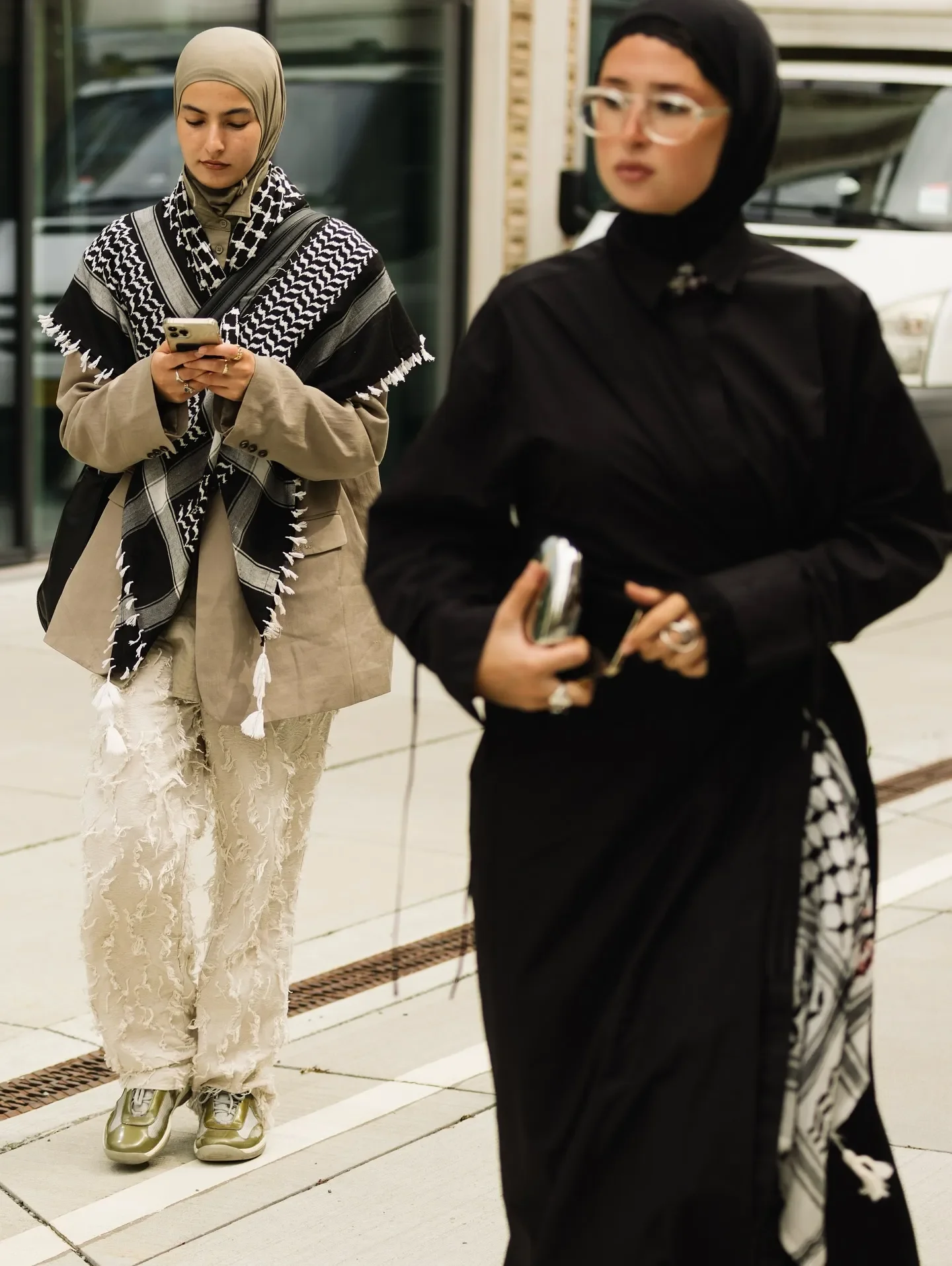Every Story, All in One Place
Your full access to everything we write, raw, reflective, and rooted in real life.

The Legacy of Studio 54
Imagine the scene: New York, 1977. The city buzzes with energy, grime, and personal desires. Everywhere, people go about their day, inside a Bottega, waiting at a red light, or behind the bar, but a few streets away, in front of the closed doors of a former theater on 54th Street, a special crowd gathers: emerging and established supermodels, smoking musicians, and aspiring stars hoping to get in.
Through the crack of the door, the light of a massive disco ball glimmers. The air is filled with a mix of cigarette smoke, floral perfume, and champagne. The doors swing open, and Bianca Jagger rides a white horse across the dance floor, draped in satin, while Andy Warhol watches with a smile. This was no ordinary club; this was Studio 54.

The Keffiyeh’s Journey from Heritage to Runway
Flashbulbs erupt in Cannes as Bella Hadid appears in a flowing archival dress stitched from keffiyeh fabric. A few weeks later, at Copenhagen Fashion Week, a student in sneakers loosely ties the same patterned scarf around their neck: two very different stages, one shared garment. The keffiyeh has moved far beyond its origins as protective headwear. It is a symbol, a statement, and a provocation, depending on who you ask. So how did a square of fabric woven with fishnet grids and olive-leaf motifs become one of the most charged fashion items in 2025? And what does wearing it mean in the era of Instagram street style and political solidarity?
